The world of paleontology has recently been rocked by a controversial hypothesis that challenges our fundamental understanding of dinosaur evolution. This radical theory suggests that what we know as dinosaurs may not represent a single, continuous evolutionary lineage but might have evolved twice through convergent evolution. The implications of this hypothesis, if proven, would rewrite textbooks and transform our understanding of Earth’s biological history. As scientists debate this provocative idea, it highlights how even seemingly settled scientific facts remain open to reinterpretation when new evidence emerges. This article explores the foundations, evidence, criticisms, and potential implications of this revolutionary concept in dinosaur paleontology.
The Traditional Dinosaur Evolutionary Timeline
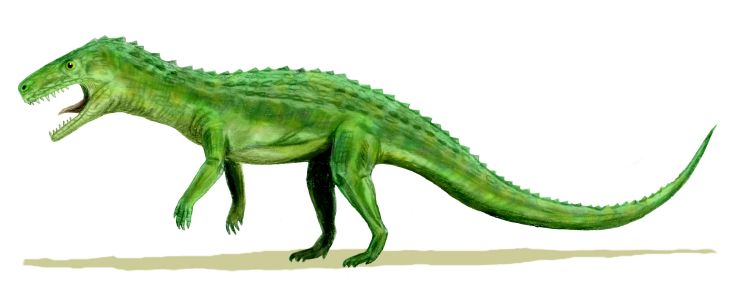
Conventional paleontological wisdom holds that dinosaurs evolved once during the Middle to Late Triassic period, approximately 245-230 million years ago. These early dinosaurs emerged from archosaurs, the group that also gave rise to crocodilians, pterosaurs, and eventually birds. The traditional view outlines a clear evolutionary progression from early archosaurs to early dinosauromorphs like Lagerpeton and Marasuchus, then to early dinosaurs such as Eoraptor and Herrerasaurus. From these ancestors, dinosaurs diversified into the major groups: theropods, sauropodomorphs, and ornithischians. This singular evolutionary event has been the backbone of dinosaur paleontology for decades, supported by morphological analyses, fossil succession, and, more recently, molecular data from avian descendants.
The Radical New Hypothesis
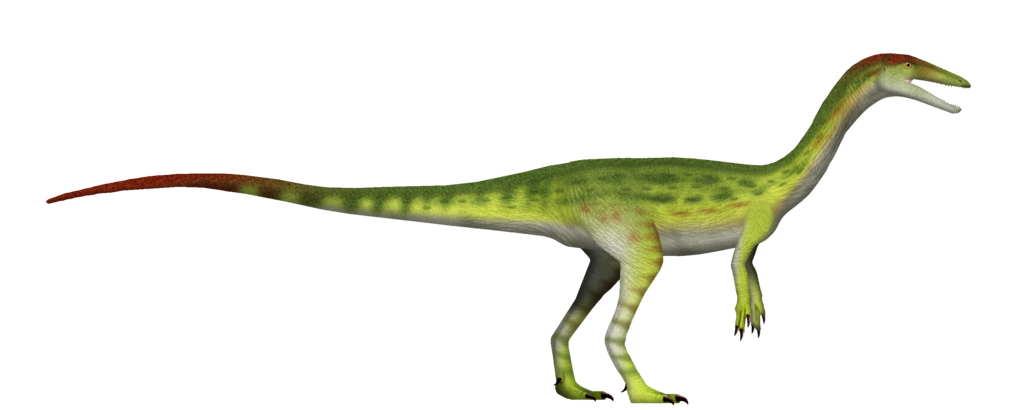
The controversial hypothesis proposes that what we collectively call “dinosaurs” may represent two separate evolutionary events producing remarkably similar creatures at different times. According to this theory, after the original dinosaur lineages died out in a previously unrecognized extinction event in the Early Jurassic, a second wave of reptiles evolved to fill similar ecological niches. These second-wave “dinosaurs” evolved from a different archosaur lineage but developed remarkably similar anatomical features through convergent evolution – the process where unrelated organisms evolve similar traits independently due to adapting to similar environments or ecological roles. Proponents argue that subtle anatomical differences between early and later dinosaurs, previously attributed to normal evolutionary changes, may represent different evolutionary origins altogether.
Convergent Evolution as a Driving Mechanism
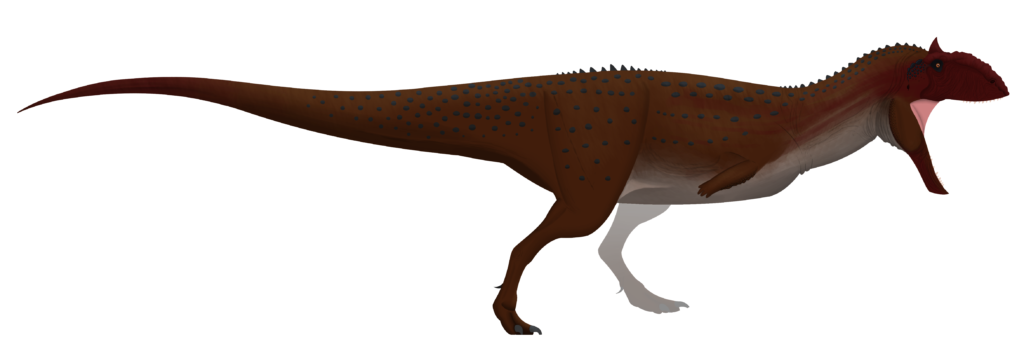
Central to this hypothesis is the concept of convergent evolution – a well-documented phenomenon where unrelated organisms independently evolve similar traits. Classic examples include the similar body forms of dolphins and ichthyosaurs, or the camera-like eyes that evolved separately in vertebrates and cephalopods. The new dinosaur theory suggests convergent evolution occurred on an unprecedented scale, with entire body plans and ecological niches being refilled by different lineages. Supporters point to certain anatomical differences between early Triassic dinosaurs and later Jurassic forms that they claim are too fundamental to represent simple evolutionary progression. They argue that certain environmental pressures during the Mesozoic era were so consistent that they essentially produced a “dinosaur-shaped” template for terrestrial dominance that different archosaur lineages evolved to fill.
The Ornithischian Puzzle

One of the key pieces of evidence cited by proponents of the dual-evolution theory is the problematic position of ornithischian dinosaurs in the dinosaur family tree. Traditional classification divides dinosaurs into two major groups: the Saurischia (including theropods and sauropodomorphs) and Ornithischia (including animals like Triceratops and Stegosaurus). However, in 2017, a controversial paper by Matthew Baron and colleagues proposed rearranging the dinosaur family tree, placing theropods and ornithischians together in a new clade called Ornithoscelida. This dramatic rearrangement highlighted existing uncertainties in dinosaur classification. The dual-evolution proponents take this further, suggesting that ornithischians may represent the second evolutionary wave, completely separate from earlier dinosaur lineages. They point to the relative scarcity of early ornithischian fossils and certain anatomical features that differ markedly from other dinosaur groups.
The “Ghost Lineage” Conundrum
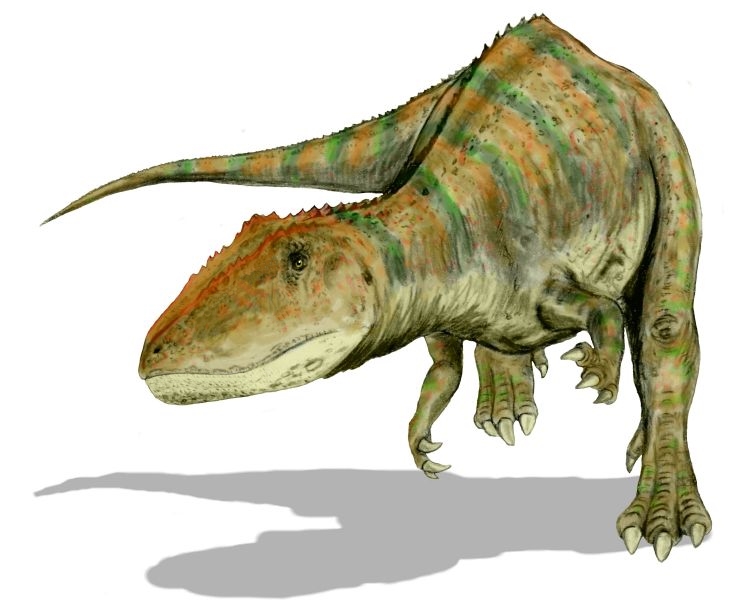
A significant challenge for traditional dinosaur evolution has always been explaining several “ghost lineages” – hypothetical evolutionary lines that must have existed but lack fossil evidence. For instance, if all dinosaur groups originated in the Triassic, there should be fossils of early ornithischians from this period, but these remain surprisingly scarce compared to early theropods and sauropodomorphs. The dual-evolution hypothesis suggests this is because ornithischians evolved later, during the second wave of dinosaur evolution. Similarly, the theory proposes that certain gaps in the fossil record between early and later forms of other dinosaur groups aren’t gaps but evidence of different evolutionary origins. Supporters argue that paleontologists have been connecting unrelated dots when reconstructing dinosaur evolutionary trees, mistakenly assuming continuity where separate evolutionary events occurred.
Anatomical Evidence and Counterarguments

Proponents of the dual-evolution hypothesis point to certain anatomical features that they claim show fundamental differences between early and later dinosaur forms. These include subtle differences in hip structure, limb proportions, and skull anatomy that they argue represent not gradual evolution but different developmental pathways. For example, they highlight differences in the pelvic structure between early Triassic dinosaurs and later Jurassic forms that they claim are too fundamental to represent simple evolutionary progression. However, mainstream paleontologists counter that these differences fall well within the expected range of evolutionary change within a single lineage over millions of years. They argue that cherry-picking certain anatomical features while ignoring the overwhelming similarities presents a distorted picture. The debate ultimately centers on whether the observed differences represent normal evolutionary variation or evidence of separate origins.
The Missing Extinction Event
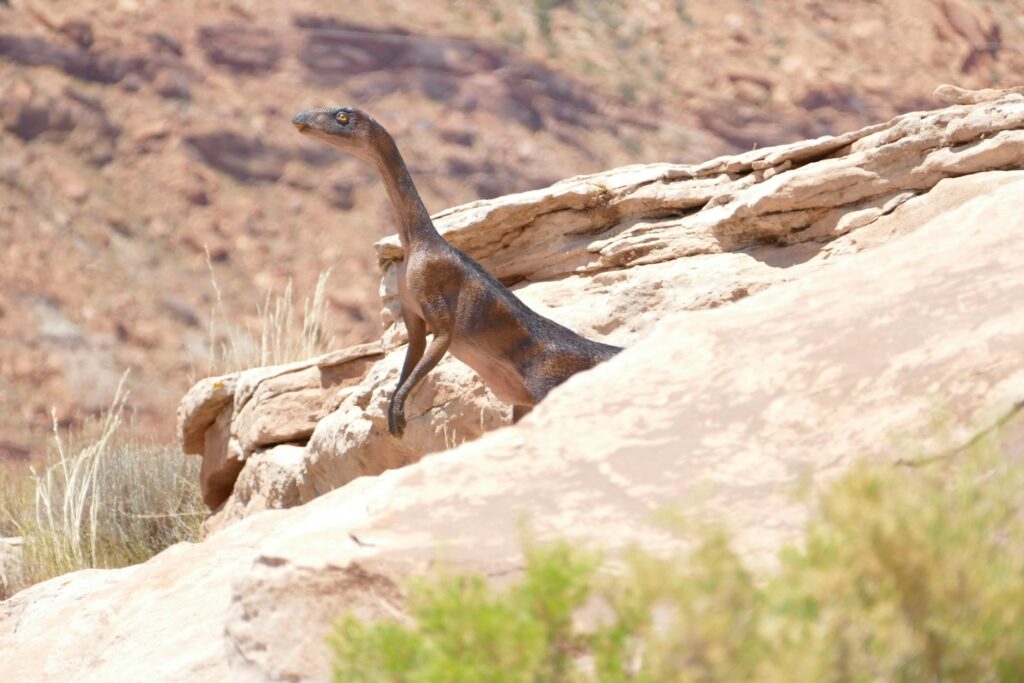
For the dual-evolution hypothesis to work, there must have been a previously unrecognized extinction event that wiped out the first wave of dinosaurs, creating ecological vacancies for the second wave to fill. Proponents suggest this may have occurred during the Early Jurassic, possibly related to one of several environmental disruptions known from this period. They point to certain patterns in the fossil record showing turnover in dinosaur species and apparent morphological shifts. However, critics note the absence of clear evidence for such a catastrophic event specifically targeting dinosaurs during this period. While there were indeed environmental changes and species turnover throughout the Mesozoic, none appear dramatic enough to have caused a complete dinosaur extinction and replacement. Mainstream paleontologists argue that the fossil record, despite its incompleteness, would likely preserve some evidence of such a dramatic turnover if it had occurred.
Genetic and Developmental Challenges
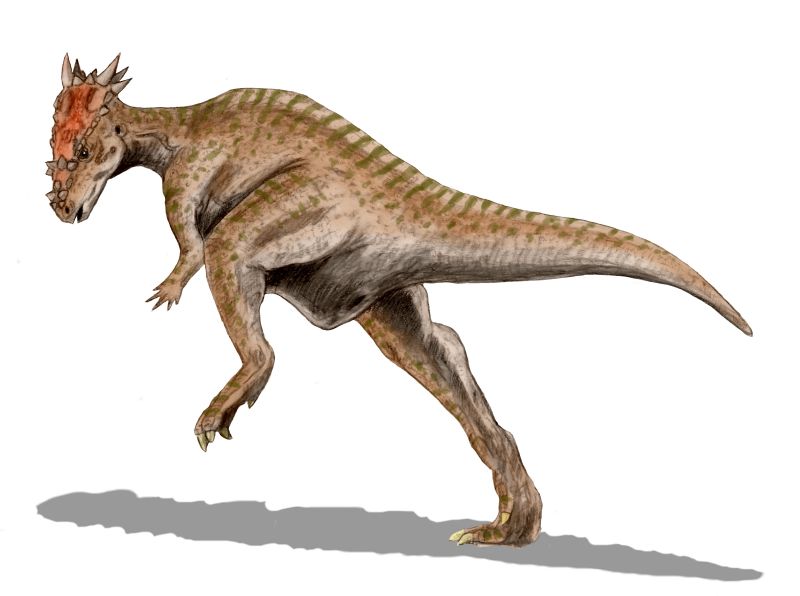
The dual-evolution hypothesis faces significant challenges from developmental biology and what we know about genetic constraints. For the second wave of “dinosaurs” to so closely resemble the first through convergent evolution, they would need to have independently evolved extremely similar developmental pathways. While convergent evolution is well-documented for specific traits, the development of entire body plans and multiple complex systems evolving in parallel stretches biological probability. Mainstream paleontologists argue that the shared developmental features seen across dinosaur groups more likely indicate common ancestry rather than convergence. They point to the remarkable anatomical similarities in features like pneumatic bones, unique ankle structures, and specific skull openings that appear consistently across dinosaur groups, suggesting deep homology rather than convergence.
Avian Evidence and Modern Birds

Birds, as living dinosaurs, provide crucial evidence in this debate. Modern birds are descended from theropod dinosaurs, with an increasingly well-documented fossil transition. If the dual-evolution hypothesis were correct, it would suggest either that birds evolved from the second wave of dinosaur evolution or that the theropod lineage leading to birds was somehow exempt from the proposed extinction event. Proponents have struggled to reconcile the well-established bird-dinosaur connection with their hypothesis. The continuous fossil record showing the transition from non-avian theropods to early birds presents a particularly strong challenge to the dual-evolution model. Features shared between birds and non-avian dinosaurs, including wishbones, three-fingered hands, hollow bones, and feathers, strongly suggest a single evolutionary lineage rather than convergent evolution.
The Scientific Community’s Response
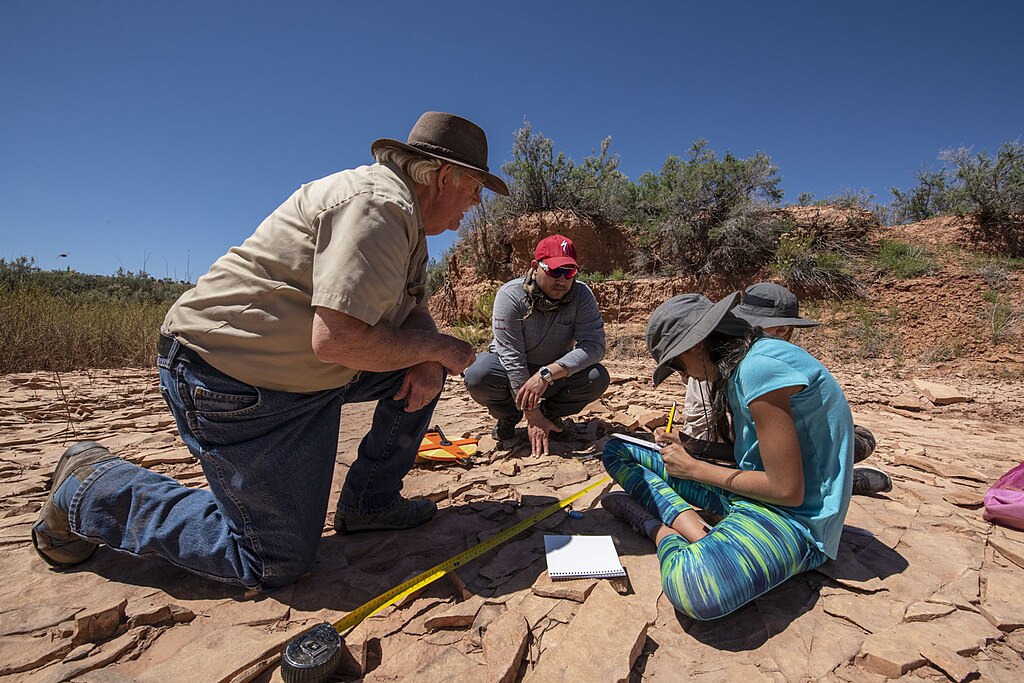
The scientific community has responded to the dual-evolution hypothesis with overwhelming skepticism. Most paleontologists consider the evidence for a single dinosaur evolution much stronger than the case for two separate events. The hypothesis has faced criticism for relying too heavily on selective anatomical features while ignoring the broader patterns of similarity across dinosaur groups. Some critics have pointed out that the hypothesis seems to multiply assumptions unnecessarily, violating the principle of Occam’s Razor, which suggests that the simplest explanation is usually correct. Others note that the hypothesis appears to capitalize on genuine areas of uncertainty in paleontology, such as the exact relationships between major dinosaur groups, but then leaps to an extreme conclusion not warranted by the evidence. Nevertheless, the hypothesis has stimulated valuable discussion about assumptions in paleontological research.
Alternative Explanations for Observed Patterns

Mainstream paleontologists offer several alternative explanations for the patterns that inspired the dual-evolution hypothesis. The gaps in the fossil record and apparent morphological shifts can be explained by the inherent incompleteness of fossilization, with preservation biases creating artificial patterns. The controversial position of ornithischians could reflect genuine evolutionary complexities or limitations in our analytical methods, not separate origins. Some paleontologists suggest that while there wasn’t a complete replacement of dinosaur lineages, there may have been significant adaptive radiations following extinction events throughout the Mesozoic, leading to new morphologies within existing lineages. Others point to geographic isolation and subsequent reunification of dinosaur populations as potentially creating patterns that might be misinterpreted as separate evolutionary events. These more moderate revisions to dinosaur evolution require fewer extraordinary assumptions while still accounting for observed patterns.
Implications for Paleontological Methods
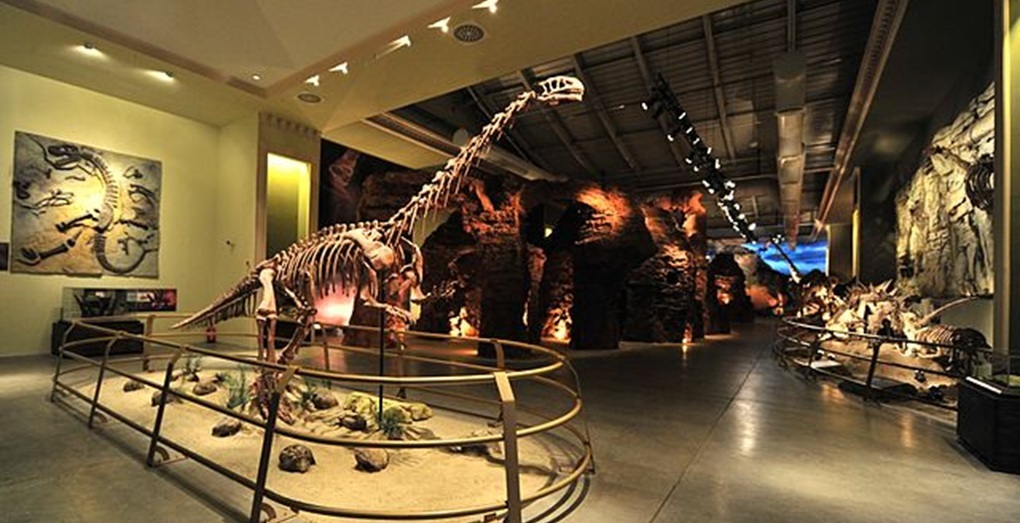
Regardless of whether the dual-evolution hypothesis gains wider acceptance, it highlights important methodological questions in paleontology. The debate underscores how heavily paleontological conclusions rely on assumptions about how to interpret the fossil record and which anatomical features should be given priority in determining evolutionary relationships. It reminds researchers of the dangers of pattern-based thinking, where gaps in the fossil record are filled in based on expectations rather than evidence. Some paleontologists suggest that the controversy demonstrates the need for more explicit recognition of uncertainty in evolutionary reconstructions. Others argue for greater integration of multiple lines of evidence, including developmental biology, molecular data from living relatives, and improved statistical methods for analyzing morphological traits. Ultimately, the debate may lead to more robust methodologies even if the specific hypothesis is rejected.
The Value of Scientific Controversy

While the dual-evolution hypothesis remains a fringe theory, its emergence demonstrates the healthy functioning of scientific discourse. Science progresses not just through the gradual accumulation of data but also through challenges to established paradigms. Even when controversial hypotheses are ultimately rejected, they often stimulate valuable research addressing weaknesses in current understanding. The dinosaur dual-evolution debate has prompted renewed attention to early dinosaur evolution, the relationship between major dinosaur groups, and methods for reconstructing evolutionary relationships from fragmentary fossil evidence. Researchers have been motivated to examine museum specimens with fresh eyes, looking for evidence that might support or refute the hypothesis. This process of challenge and response ultimately strengthens scientific consensus by ensuring that accepted theories rest on solid evidential foundations rather than unexamined assumptions.
Conclusion: Evaluating Revolutionary Claims in Paleontology

The hypothesis that dinosaurs evolved twice represents a fascinating case study in how science evaluates revolutionary claims. While current evidence strongly favors the traditional single-origin model of dinosaur evolution, the controversy reminds us that science remains open to revision when compelling evidence emerges. The burden of proof for overturning established theories is rightfully high, requiring extraordinary evidence for extraordinary claims. As research continues, paleontologists will further refine our understanding of dinosaur evolution, possibly incorporating elements of the dual-evolution perspective while rejecting its more extreme claims. Whatever the outcome, the debate demonstrates that paleontology remains a vibrant, evolving field where fundamental questions about life’s history continue to inspire scientific investigation. In science, even being wrong in interesting ways can advance knowledge by clarifying why existing theories remain our best explanation of the natural world.




